Rattengaro and Wainyapu
Kodi is the most western subdistrict of Sumba. I’ve stayed at the village of Pero which is mostly inhabited by Muslim fishermen.
The highlight of the area is the spectacular traditional village of Rattengaro, whose roof are the highest of all Sumba.
Rattengaro can be reached from Pero in about 40min walking along the shore. You need to cross the estuary of the river in Pero, villagers can take you in their wooden boat for a small fee.
My first impression of Rattengaro was rather mixed. Along Praijing in Lauli, Rattengaro is also systematically visited by organized tours. The influx of tourists to the place obviously seems to have altered the relation between villagers and visitors. They ask for gift of areca and betel even before saying hello, they offer horse ride on the beach nearby, kids beg for money …
One has to admit that the setting of the village is exceptional. I would come back the next day after staying until late at night at the quarry and it was like I was part of the family. I even got compensated with maybe 300g of areca nuts as other workers because I gave a hand for a few hours to pull the a tombstone.
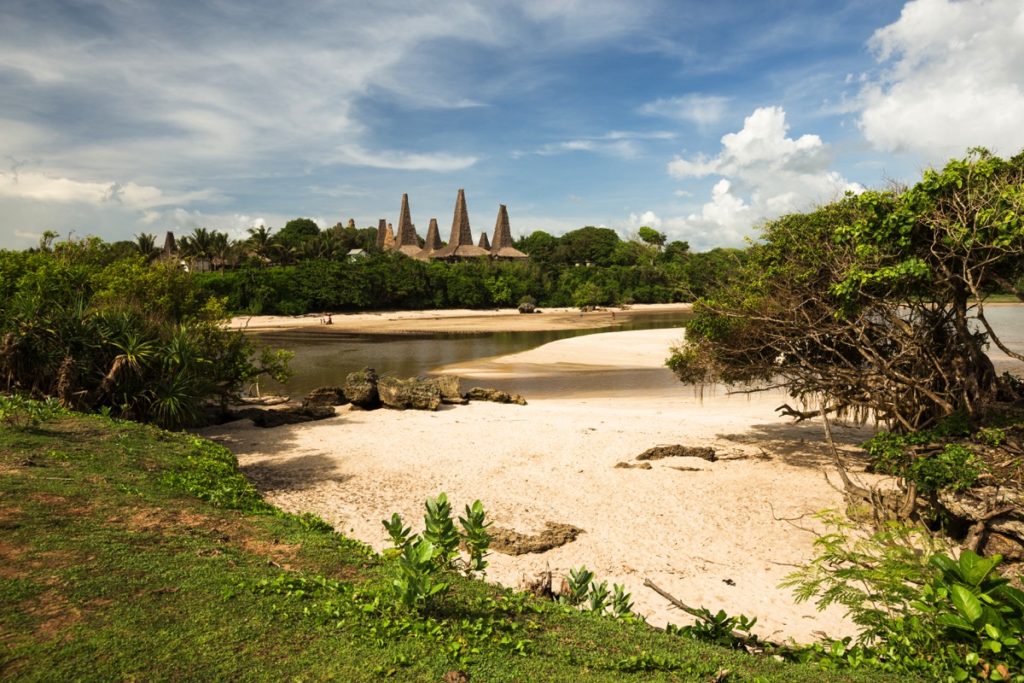
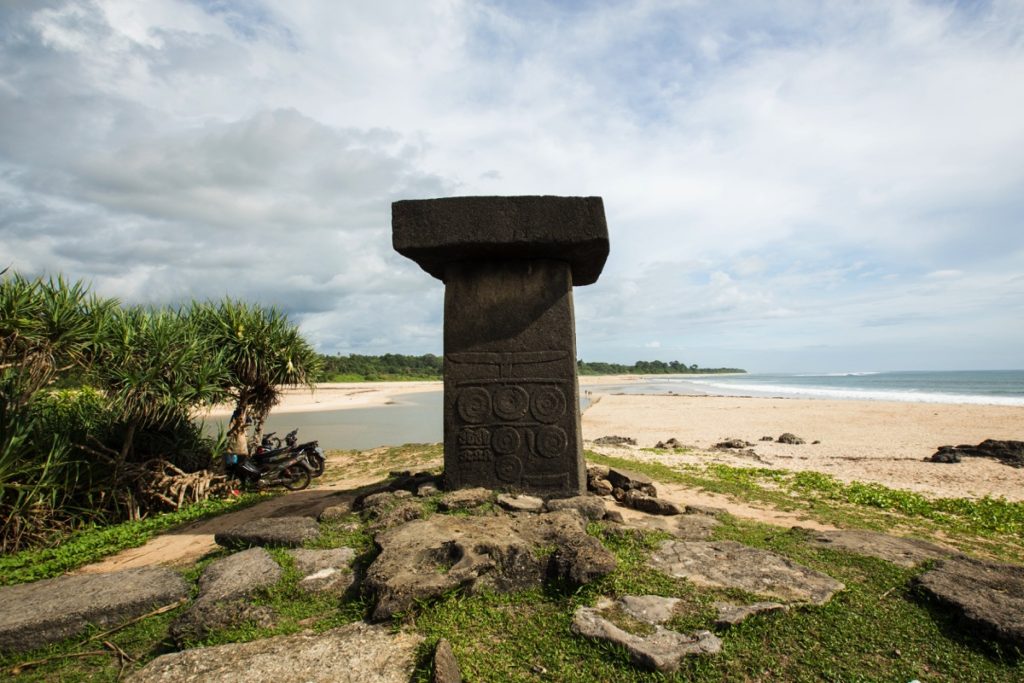
On the other side of the estuary you have Wainyapu and its quarry which is also quite interesting. Even though Sumbanese men cross the estuary right at his mouth (and get chin-deep into the water), you better take the path used by women and children 200m upriver.
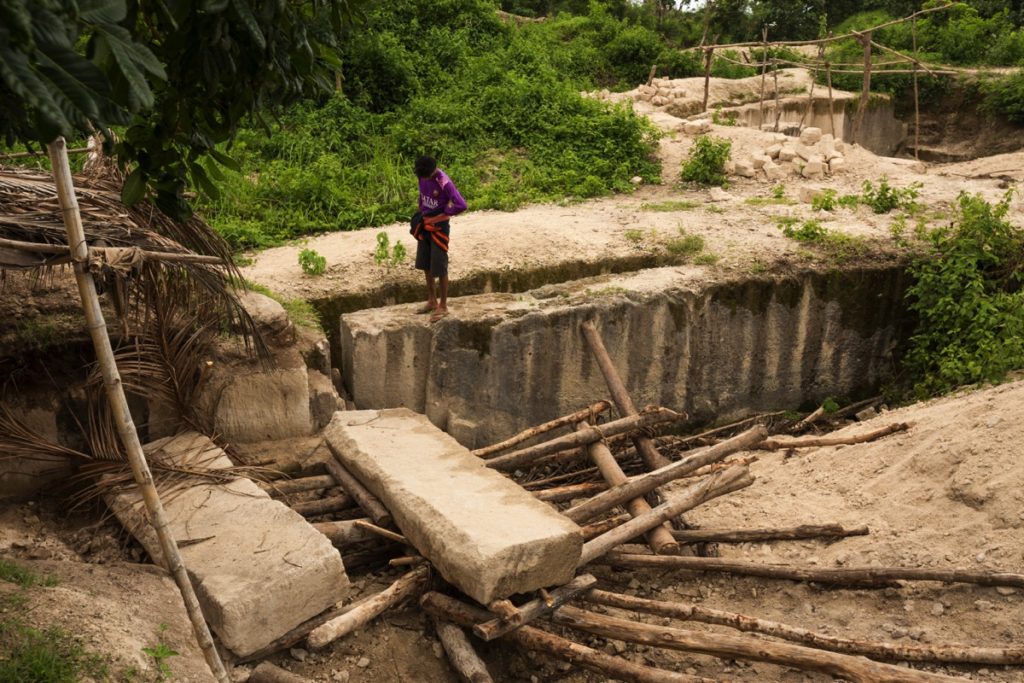
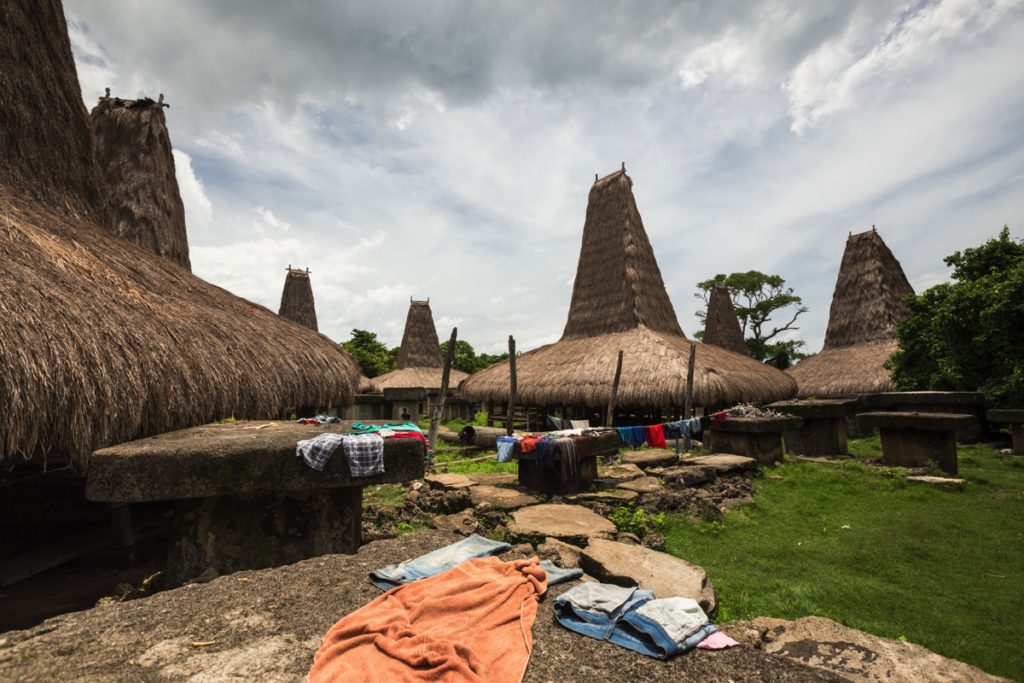
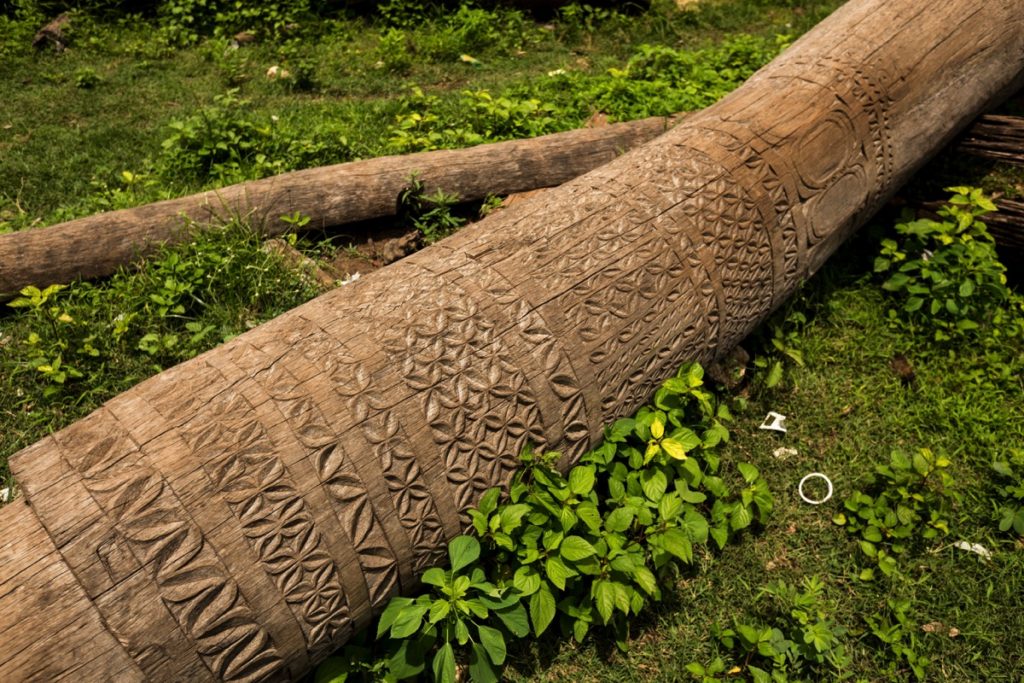
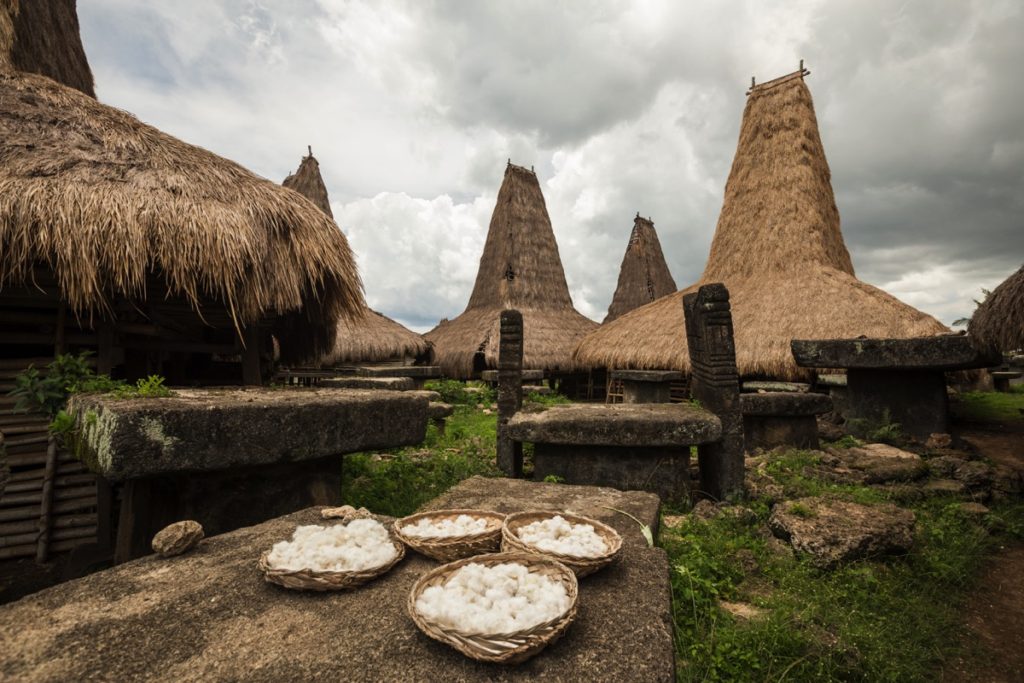
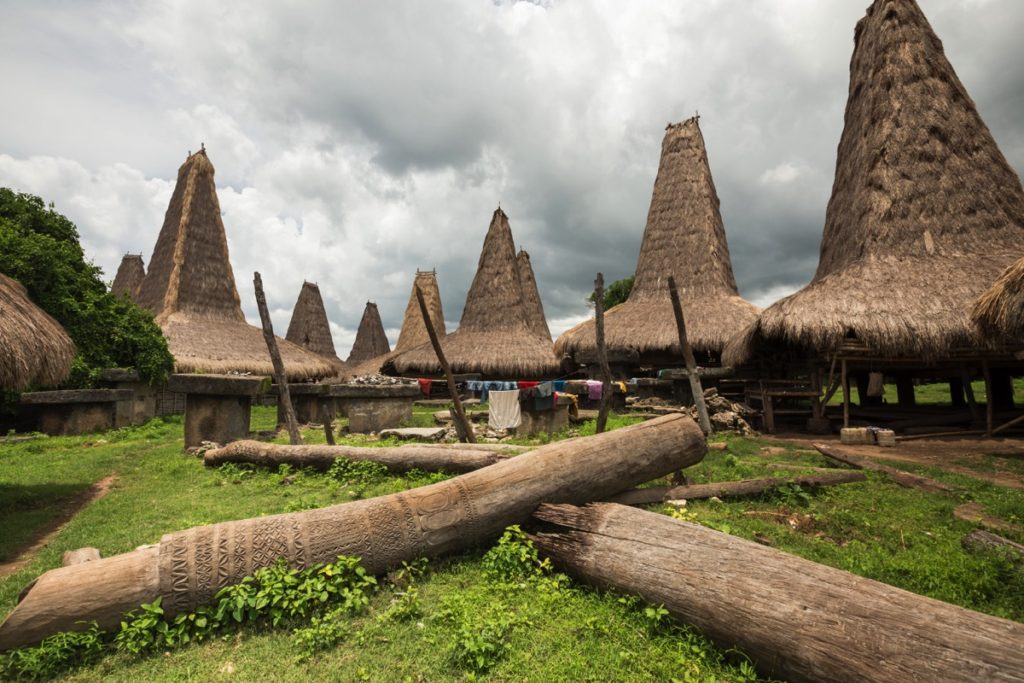
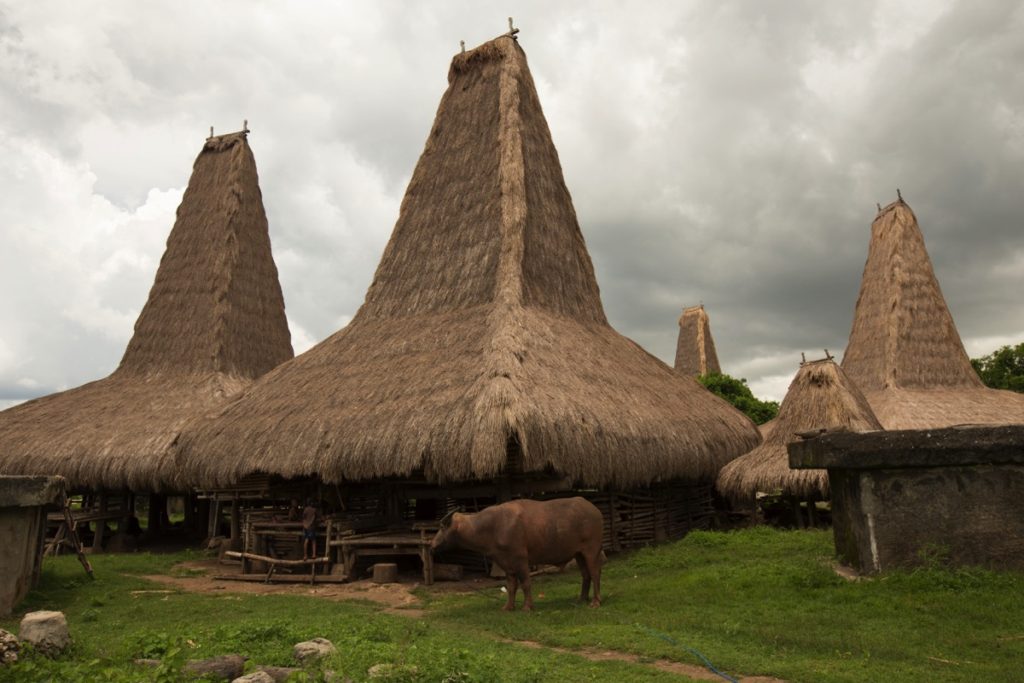
From Pero to Weekuri lake
Another very famous spot in Southwest Sumba is Weekuri see water lake (danau Weekuri). It’s about 1h from Pero by motorbike. You fill a guestbook at the entrance and leave some money. 10’000Rp per person is fine.
[UPDATE 2023] : There is now a regular entry ticket. 20’000Rp for foreigners. 5’000Rp for locals.
Also you have an asphalted road that goes all along the coast to Pero (I would say asphalted for 60% of the way and not terrible on the last 40%). Google Maps doesn’t know this road yet but it comes the drive to Weekuri from at least 20 minutes.
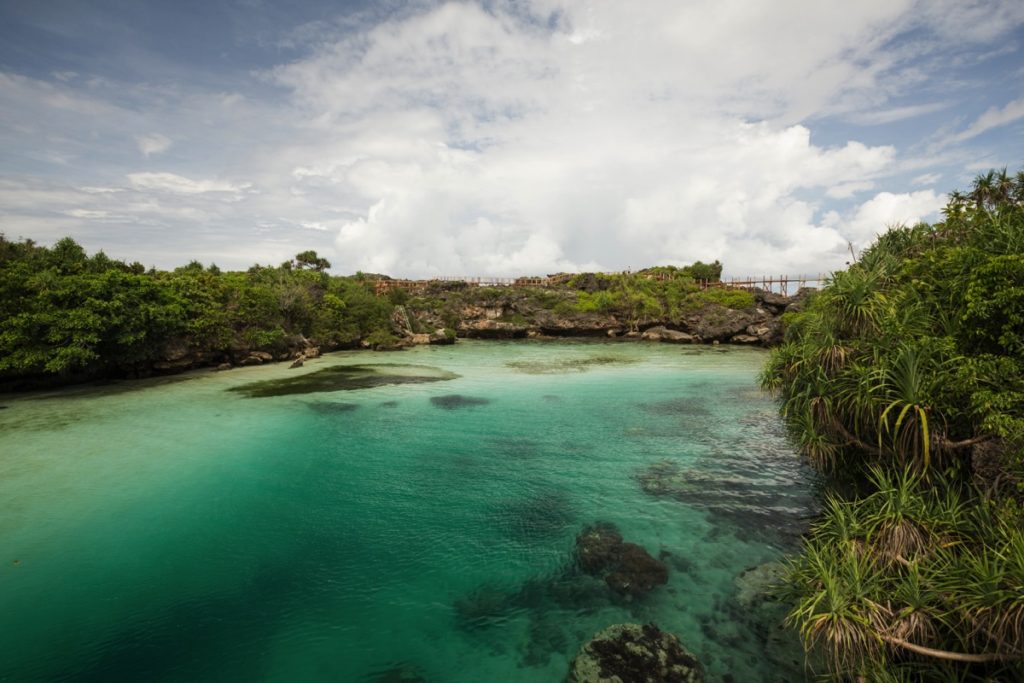
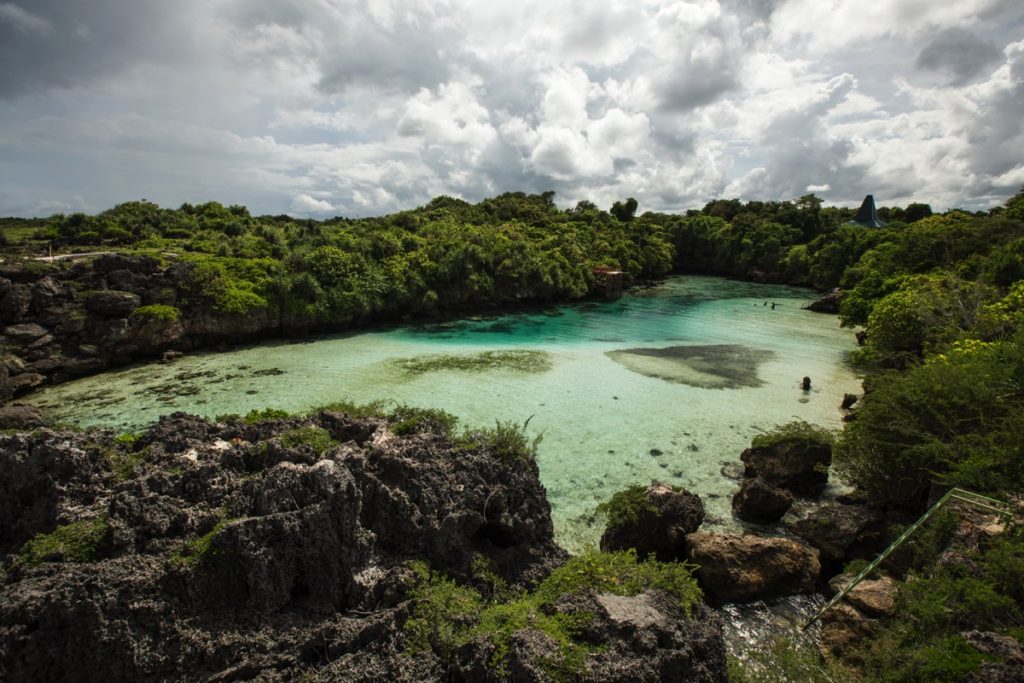
The lake is just by the sea and is filled with saltwater. Unfortunately, as you can see on the picture above, some wooden path was being built all around the lake. The level of the lake depends on the tide, on the pictures above, it’s low tide. The lake looks better at high tide.
Nearby you have the also famous Mandorak beach. A fixed fee of 50’000Rp per motorbike is asked for parking. No entrance ticket otherwise.
Others virgin beaches can be found in the area.
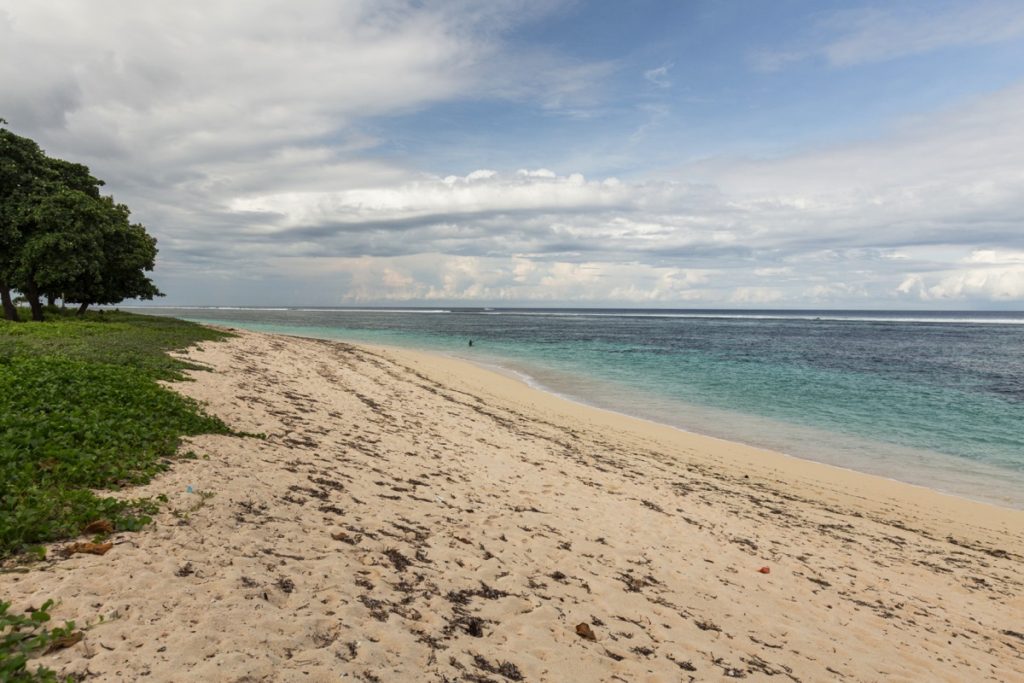
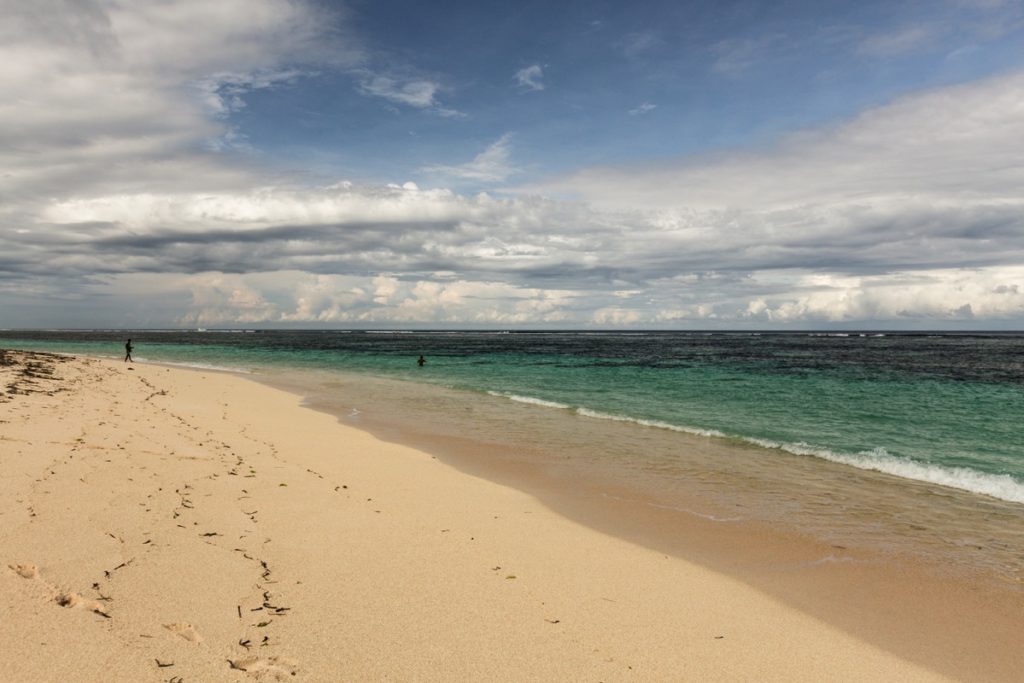
You also pass different traditional villages on the way : Tosi and Buku Banni notably.
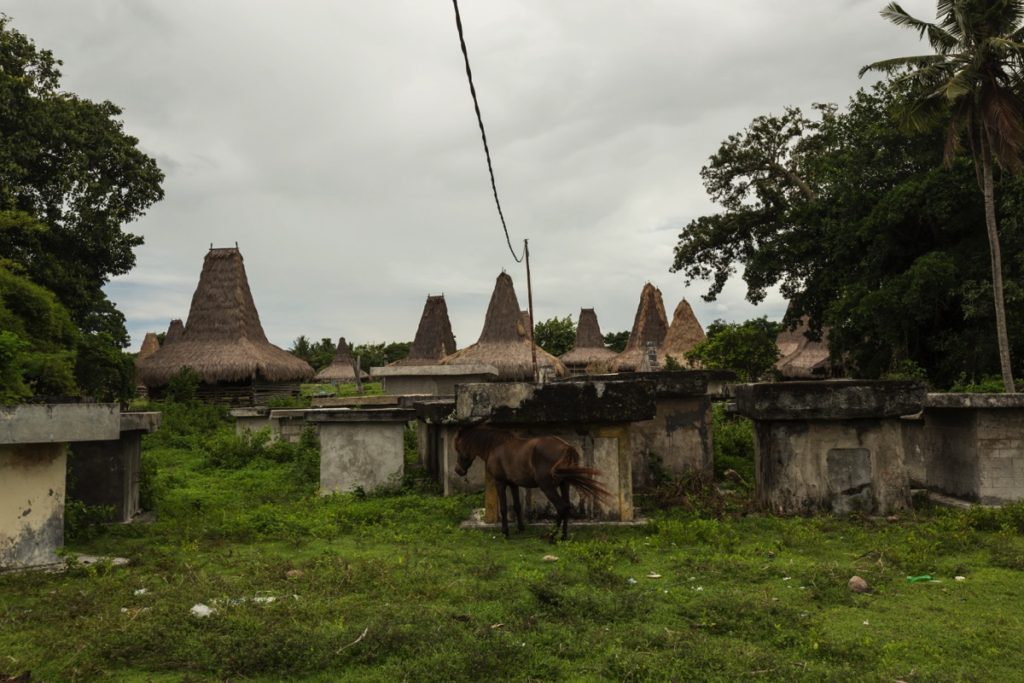
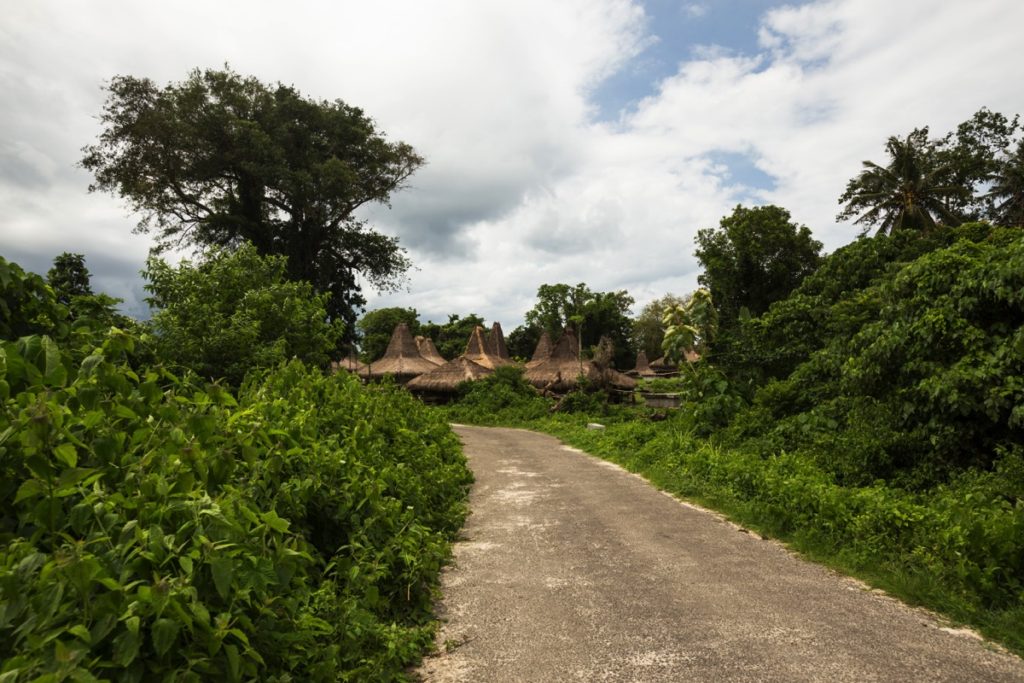
A stone-pulling ceremony
This was by far my most memorable experience in Kodi. While I was in Rattengaro, it felt rather empty. I asked where everyone was, I got told they were pulling a stone in Wayniapu. Puzzled, I crossed the estuary and went to the quarry. I wasn’t expecting that.
Erecting his own stone grave is an important achievement in the life of a sucessful Kodi man (see this article for more details).
I estimate that the stone was 2×3,5×0,7m so definetly a few tons (it’s a rather light porous kind of rock though). In the old days, the stone would be pulled by hand from Wainyapu to Rattengaro, which implies crossing the river … Nowadays, a truck is rented but the stone still need to be pulled over 15 meters from the quarry. Overall it took the villagers 3 days to transfer the stone from the quarry to the top of the grave.
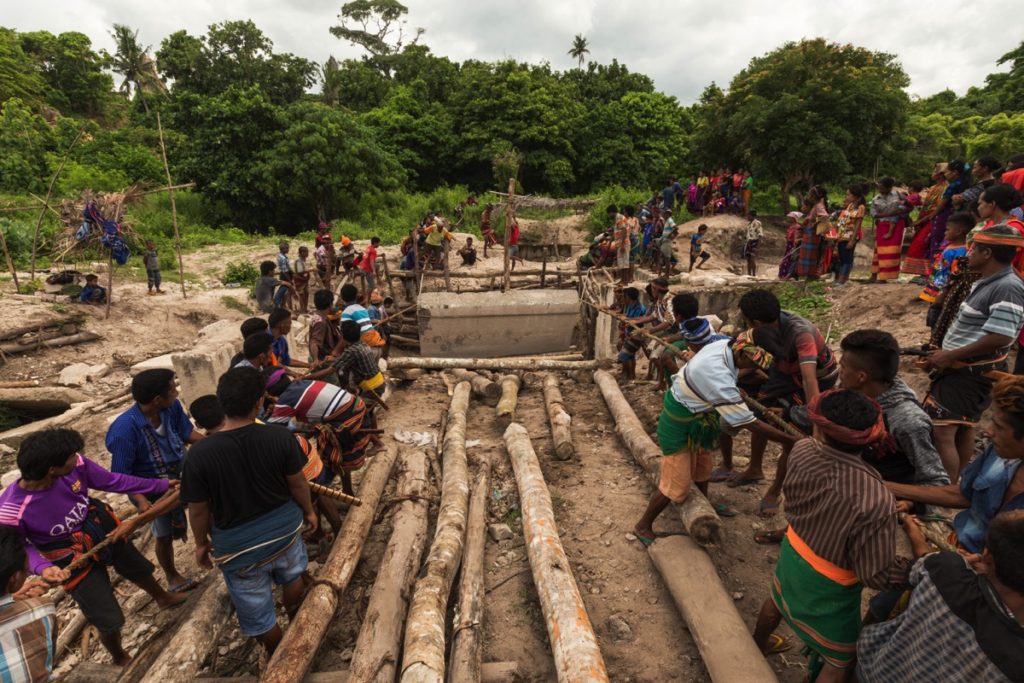
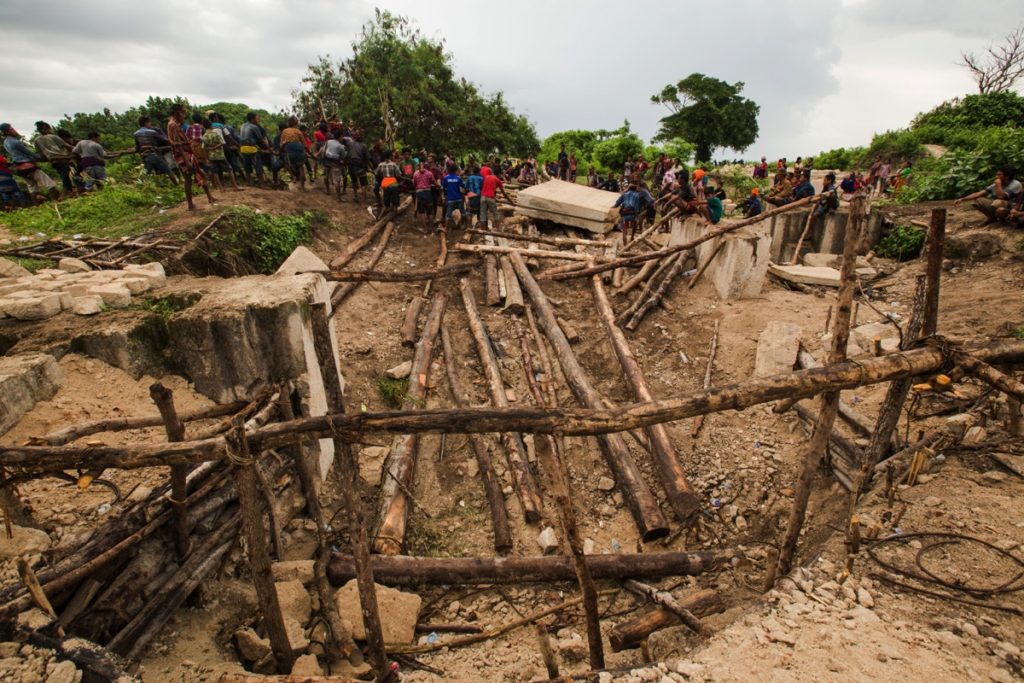
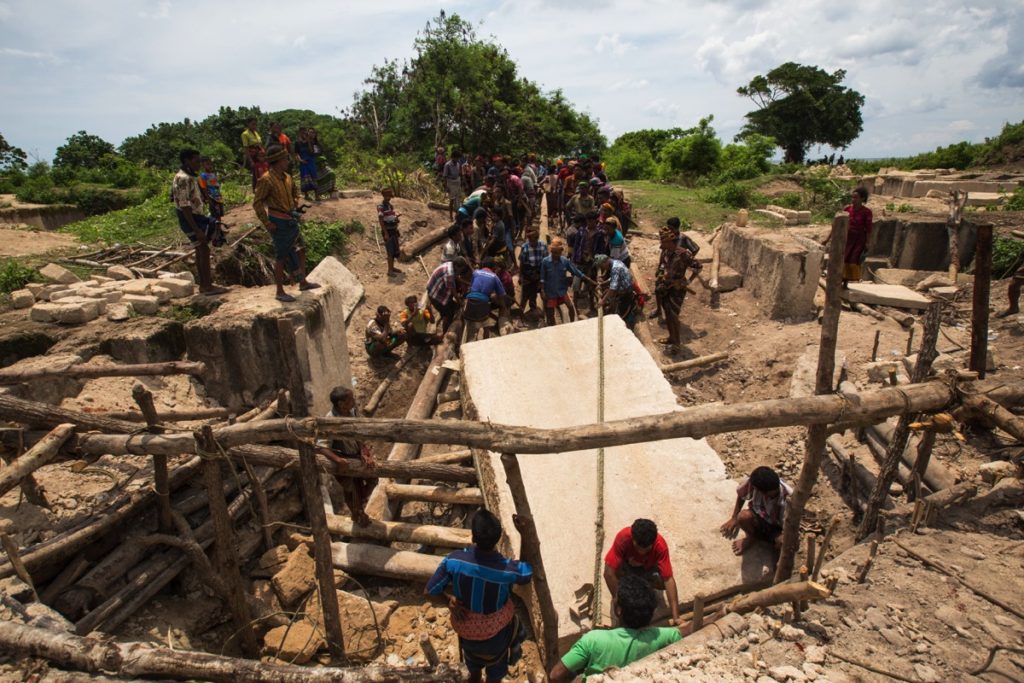
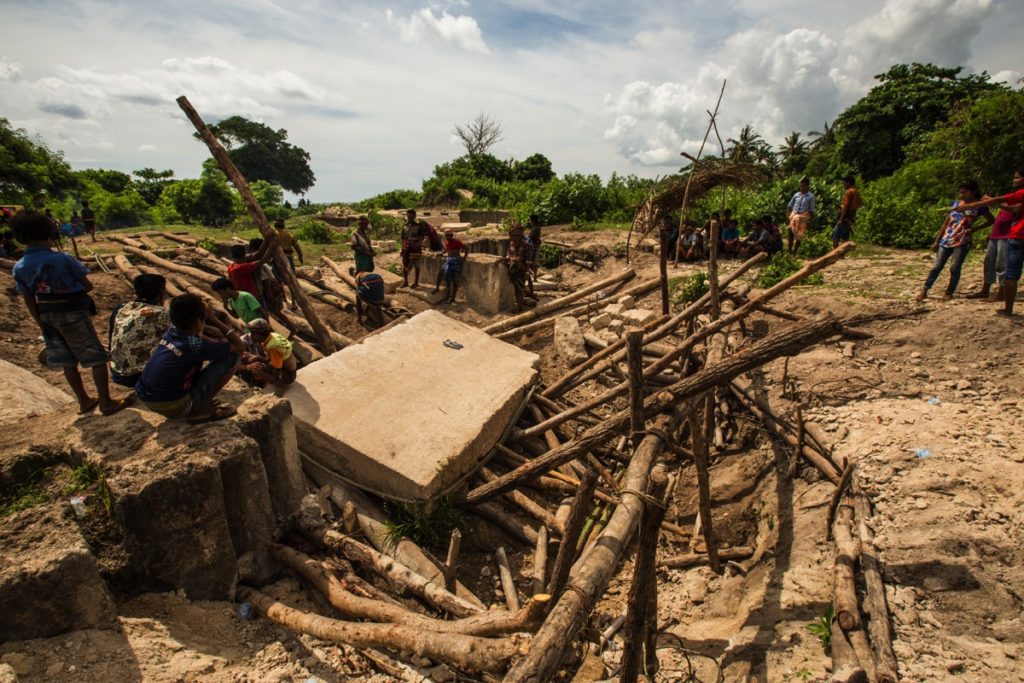
I was truly thrown back to the days of the old Egyptians. A couple of person are responsible for placing the ropes around the stone. A few others take their turn and sing to encourage the men.
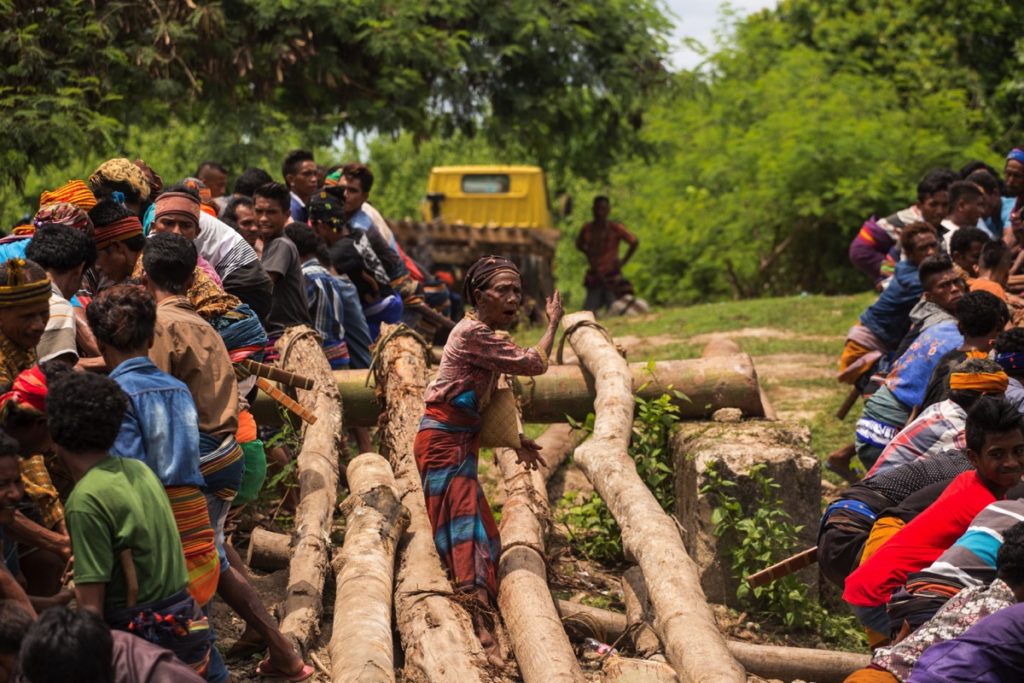
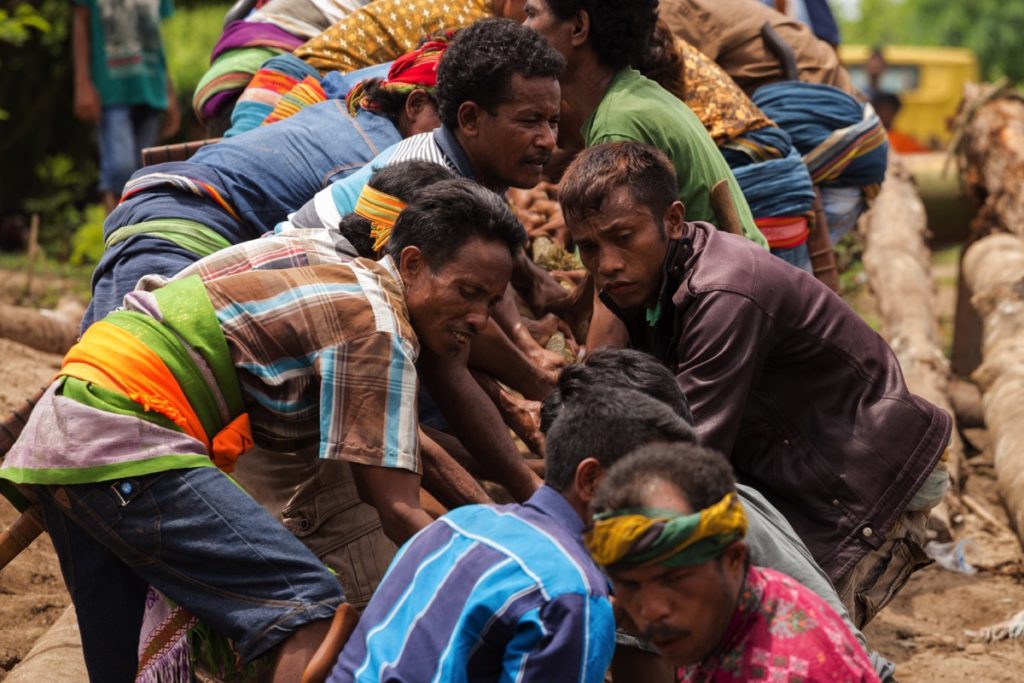
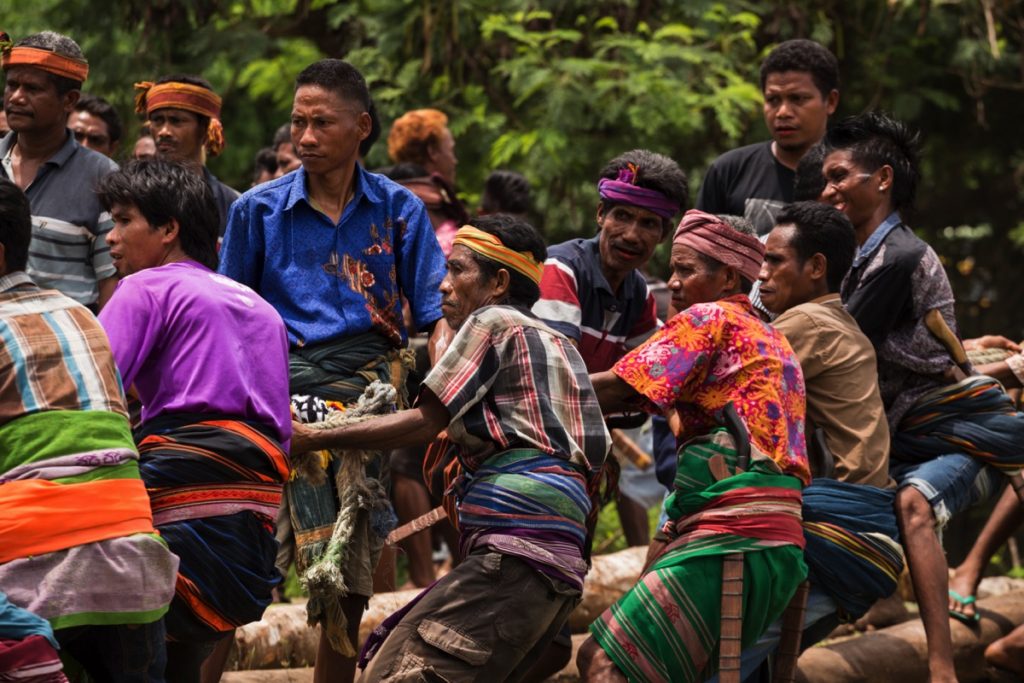
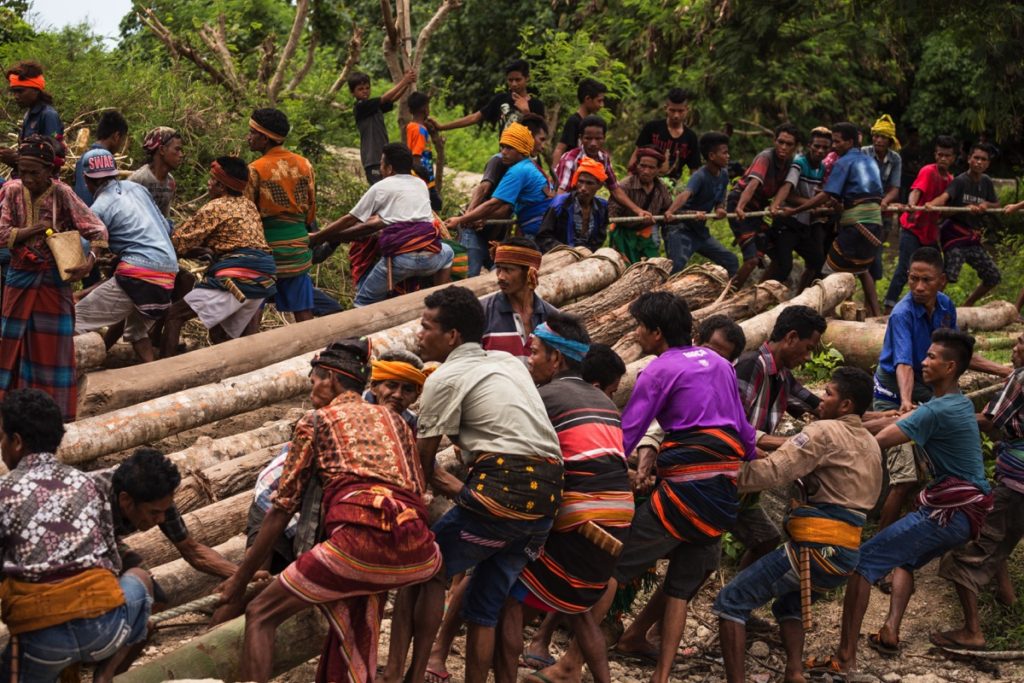
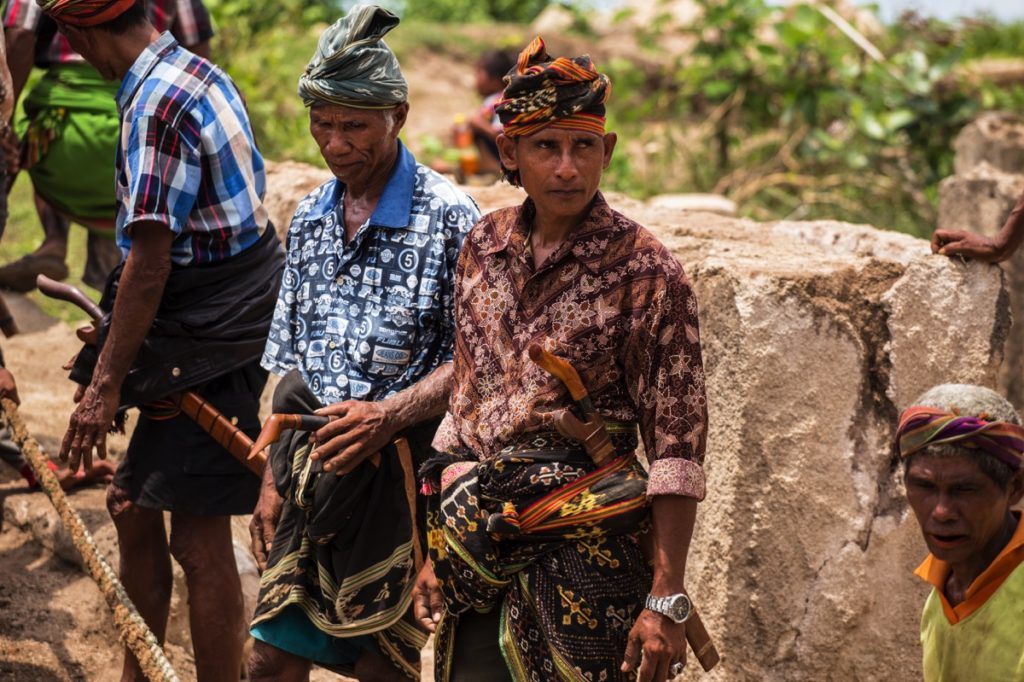
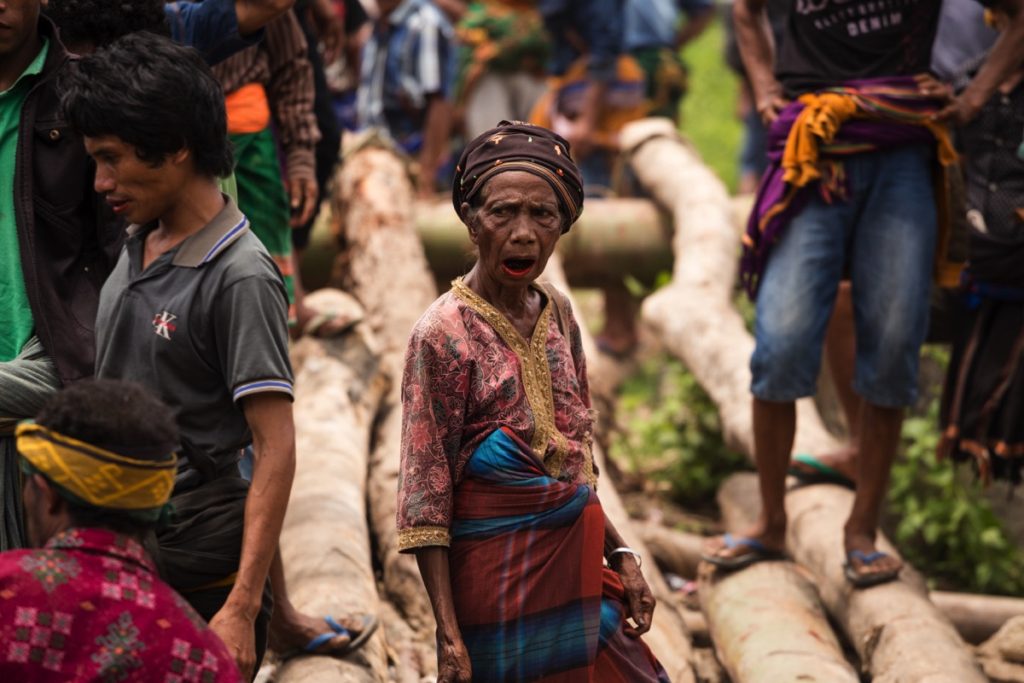
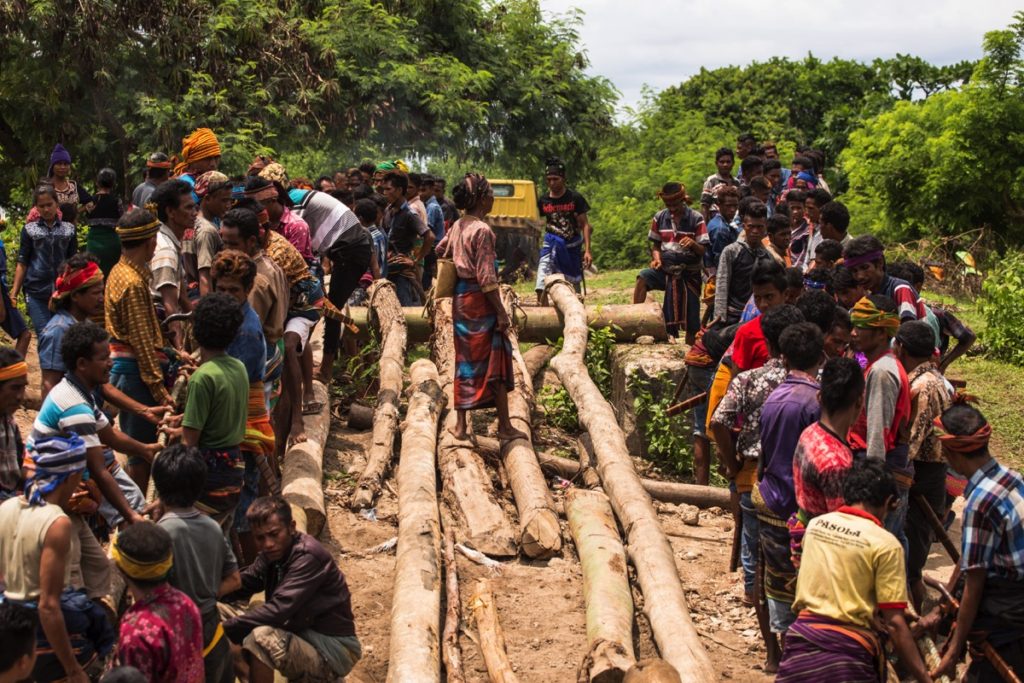
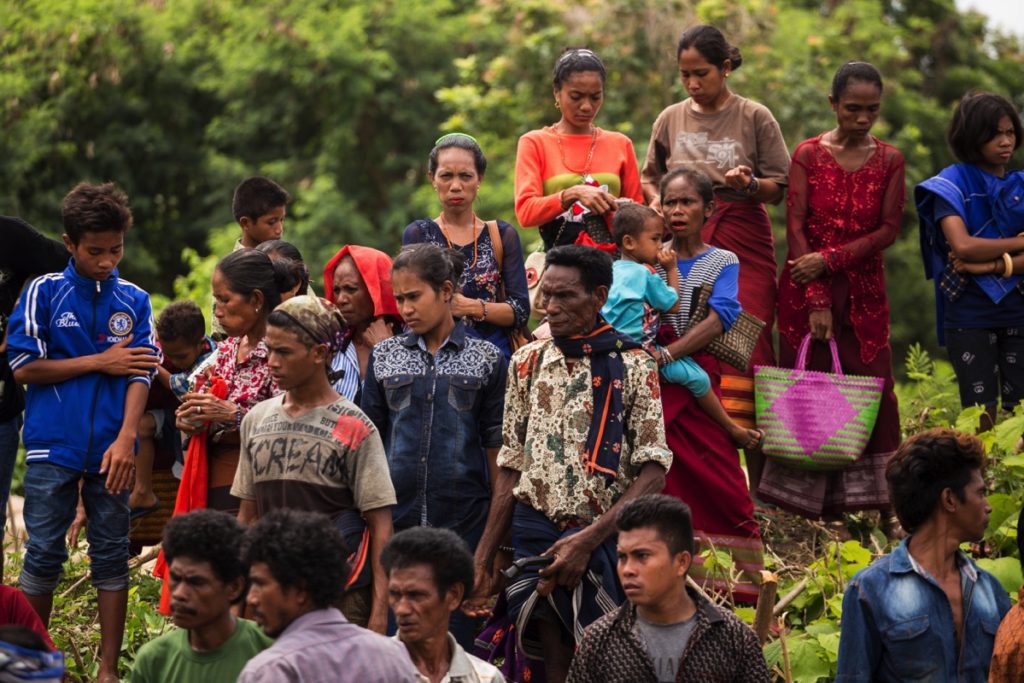
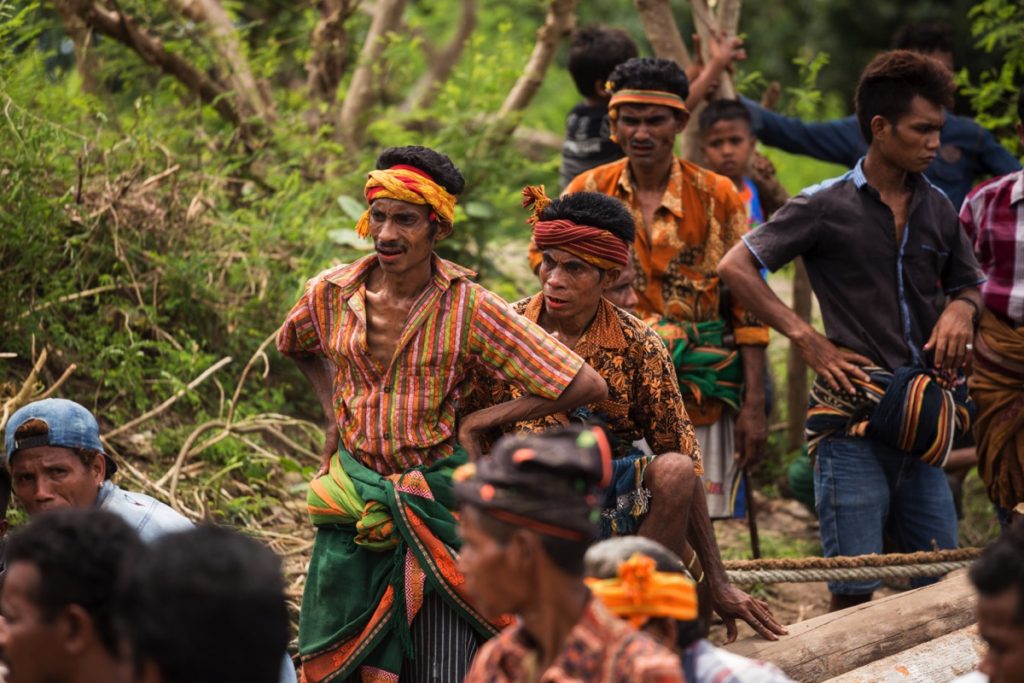
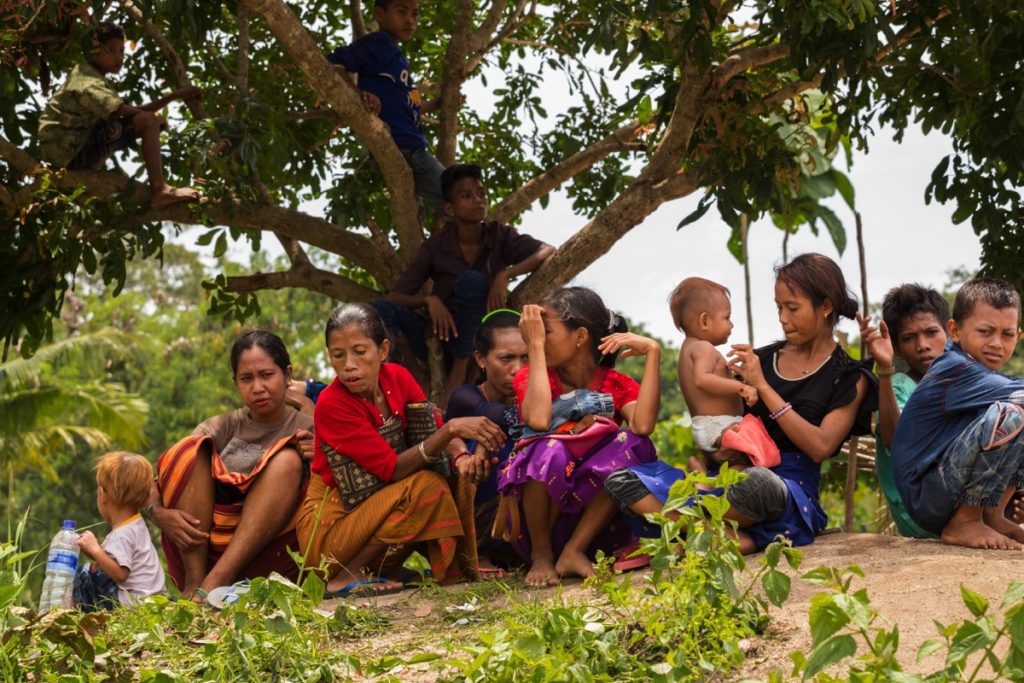
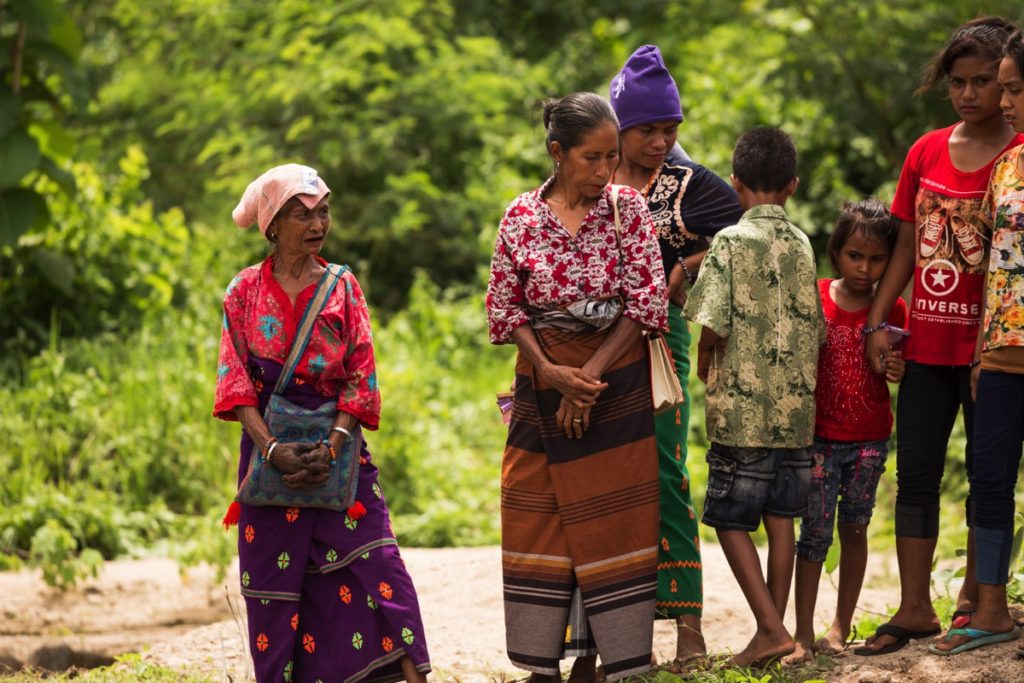
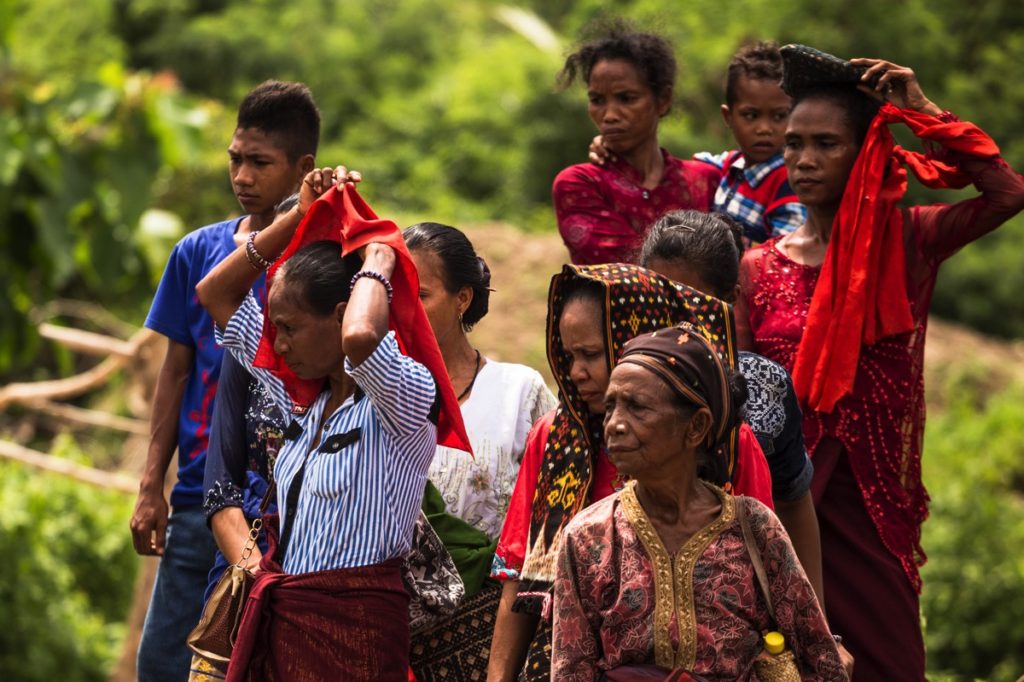
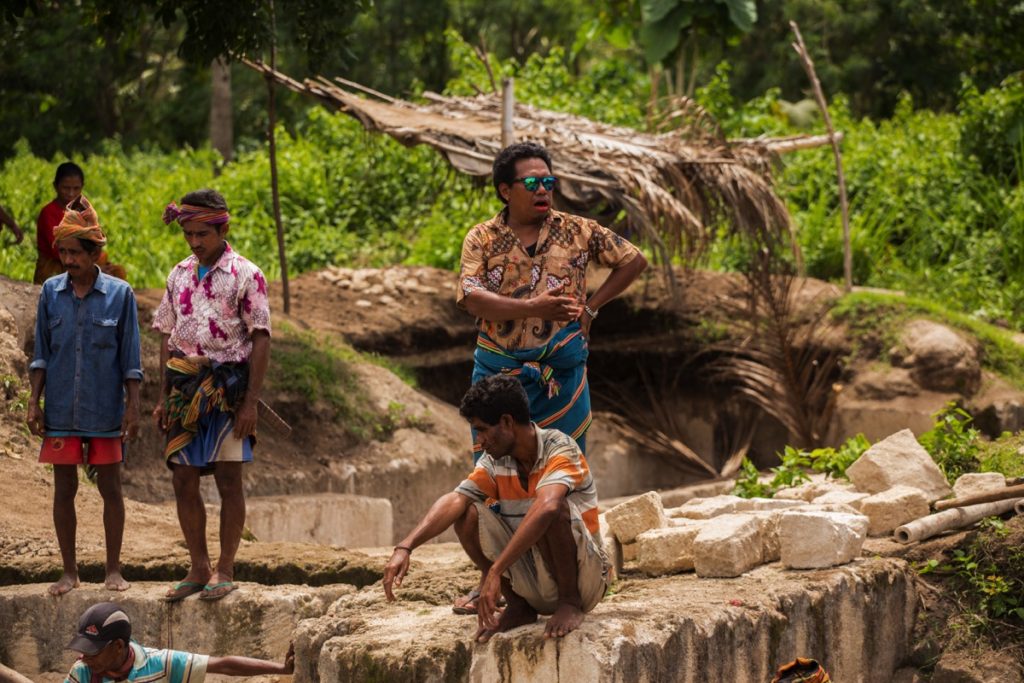
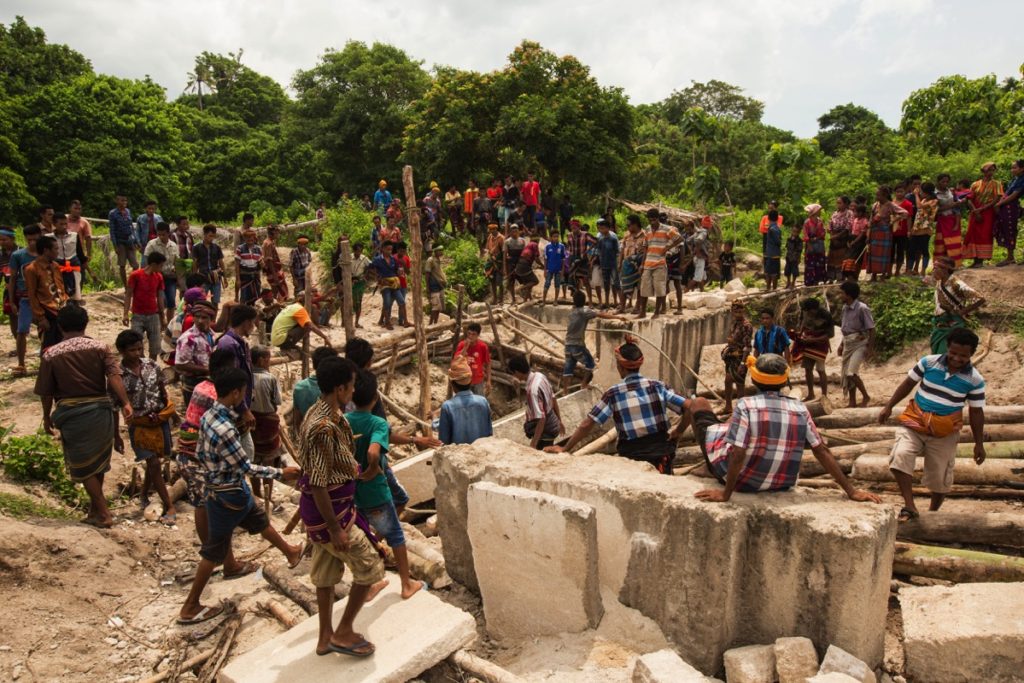
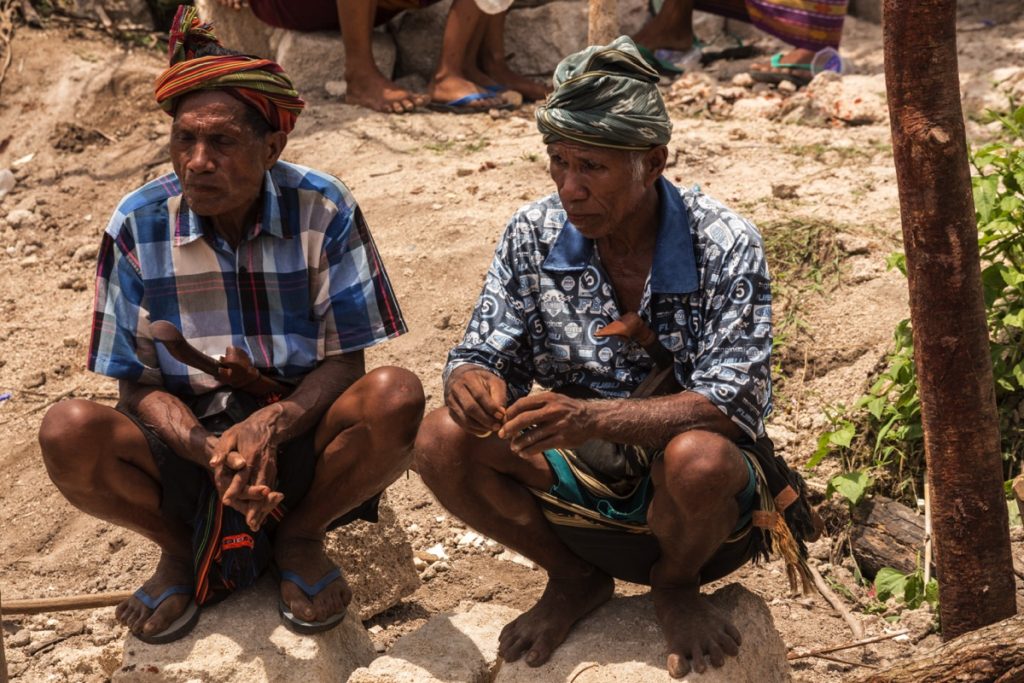
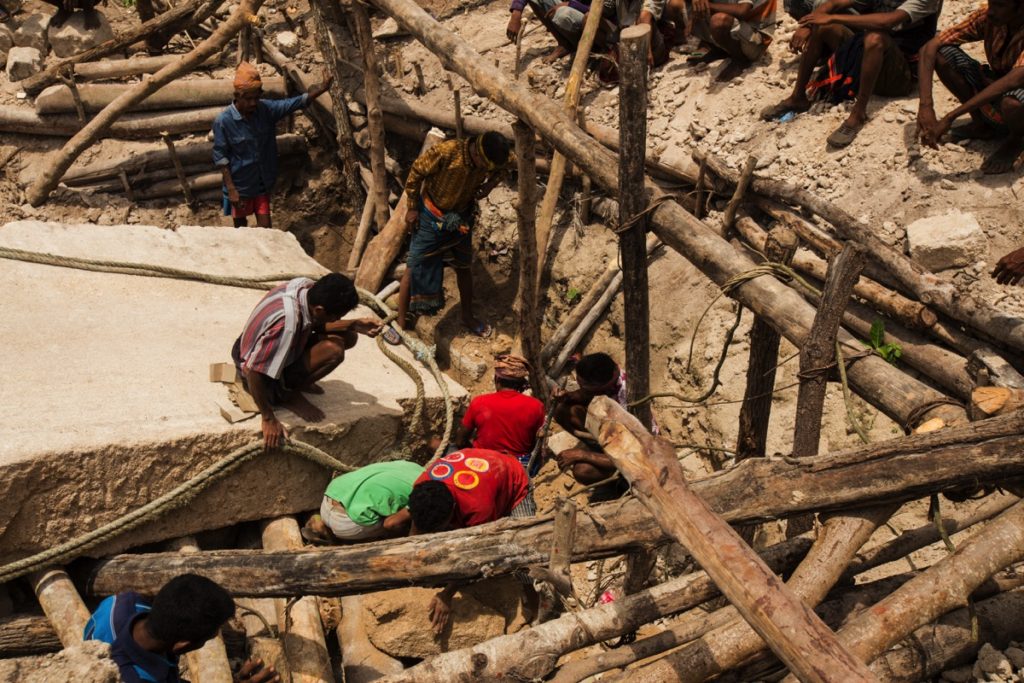
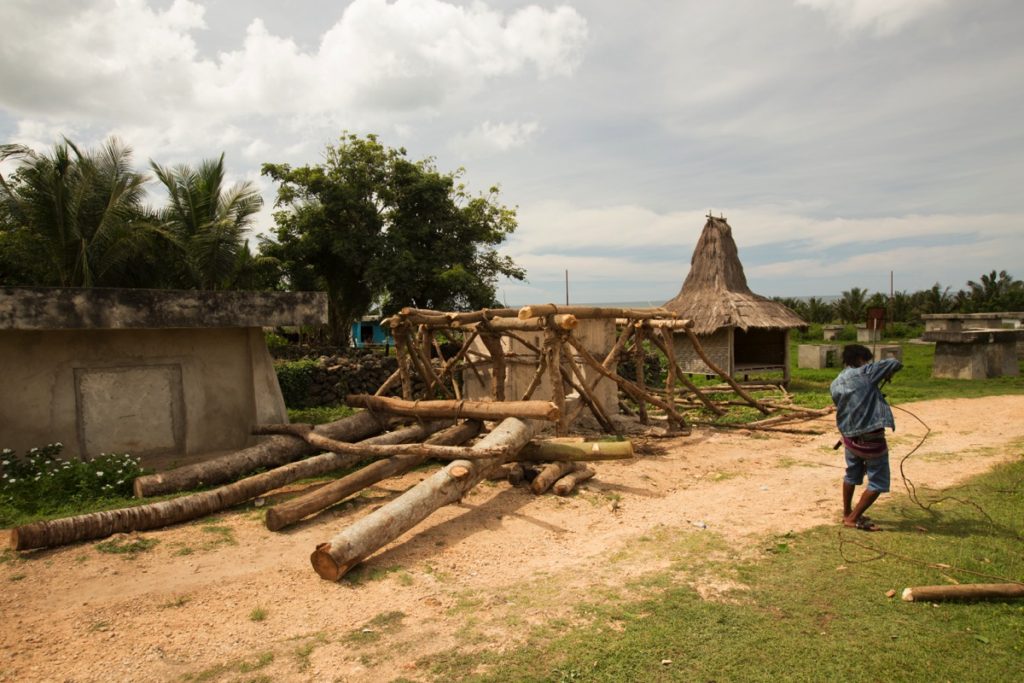
I’ve uploaded on Youtube a short video taken there, below another similar event taking place in Anakalang on a much larger scale :
This is a very expensive undertaking for the sponsor of the event. He must provide food for everyone present at the event, and it has to be meat. The person managing the rope, the singers, everyone gets a payment for their services. The quarry of Wainyapu is owned by some of the clans of the village, if someone from Rattengaro needs a stone he must pay for it in horse and buffalo.
Even by doing so, it’s a daunting task to get the implication of everyone. I remember that from 4PM many people present in the morning had left, hence pulling the stone was much more difficult.
Tambolaka
I only used Tambolaka as a transit point between Waikabubak and Pero. Given there is an airport and a harbor with passengers ships, you can also use it as a more general transport hub in and out of Sumba.
Slightly out of town, you have, to my knowledge, the only regional museum of Sumba, managed and curated by ministers. They don’t want you to take pictures inside (where they have a nice collection of ikat, battle gears, some masks, music instruments, jewels …). Outside there is also a very nice collection of typical Sumbanese stone carving.
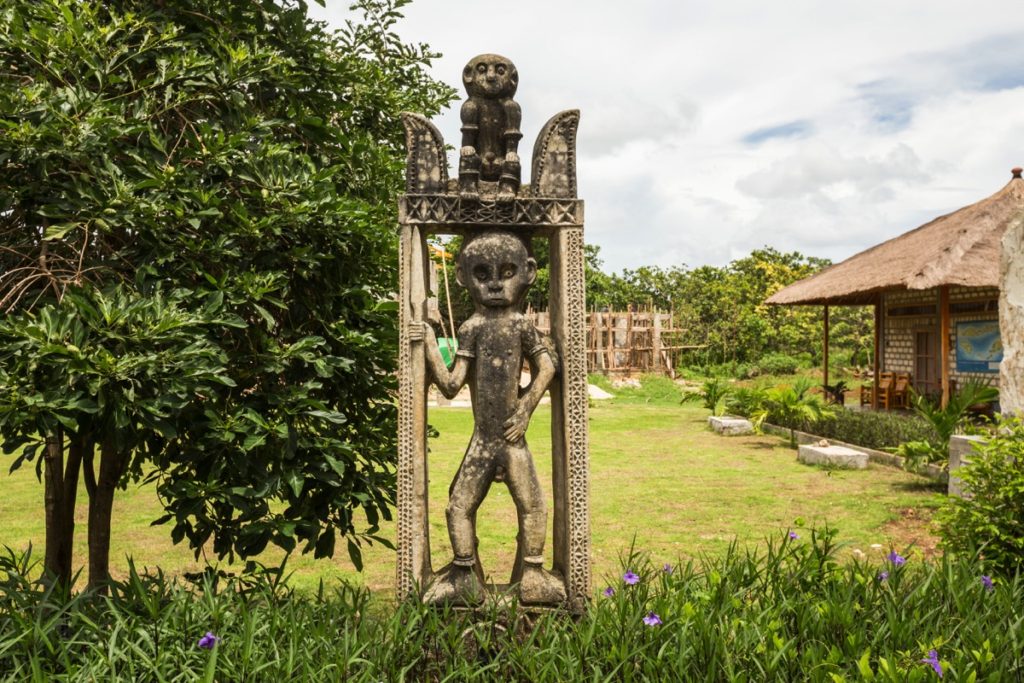
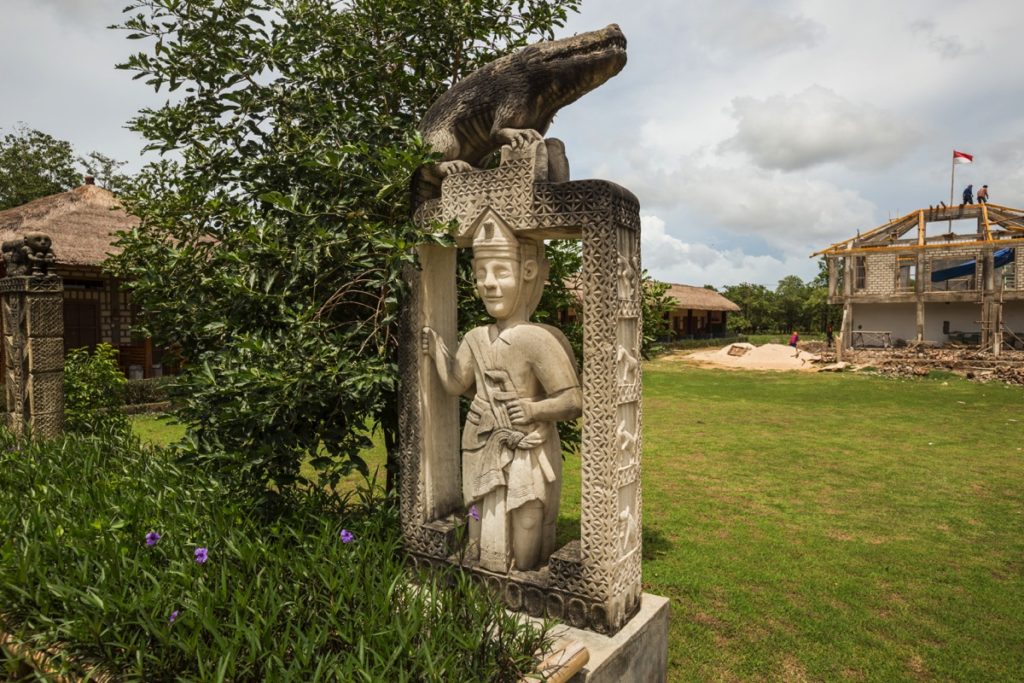
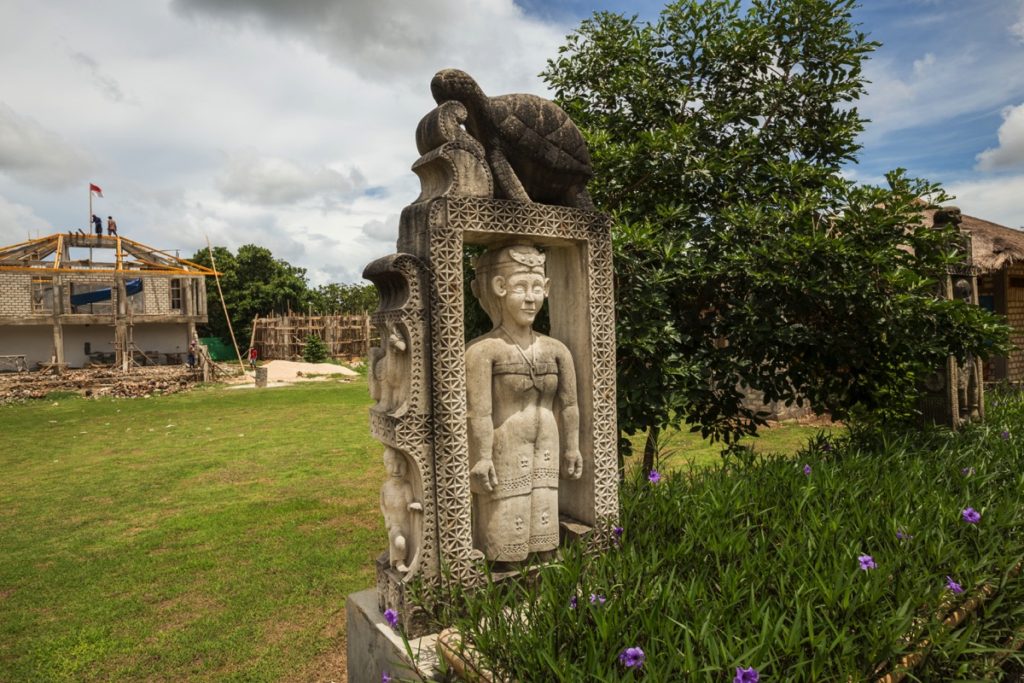
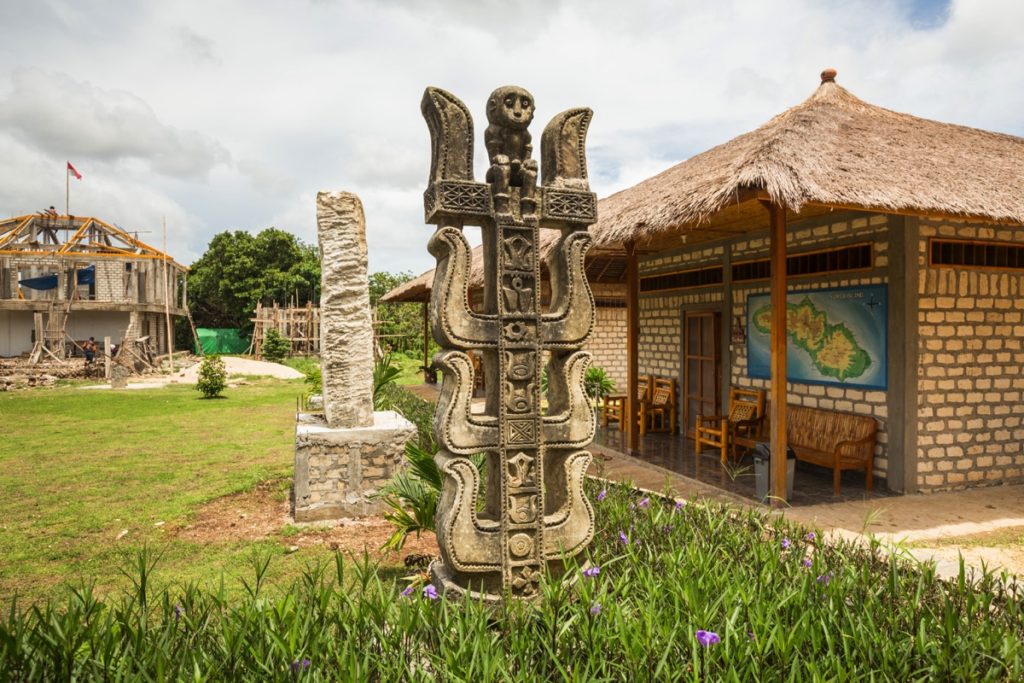
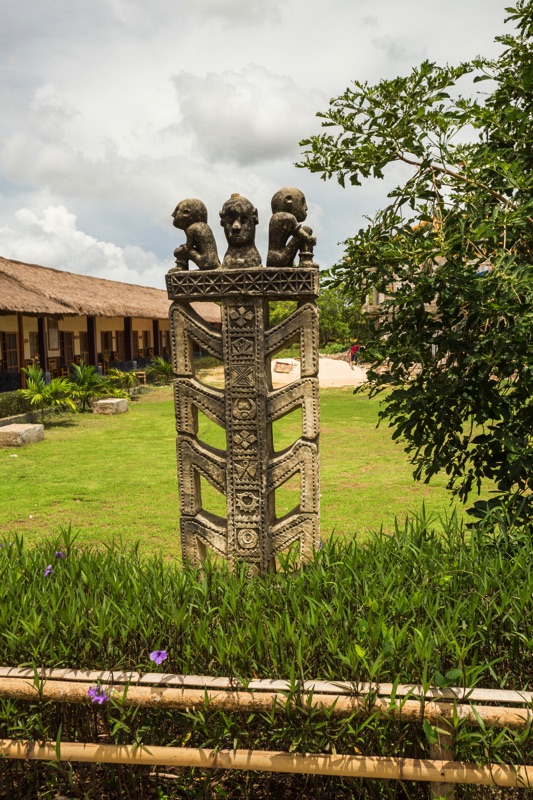
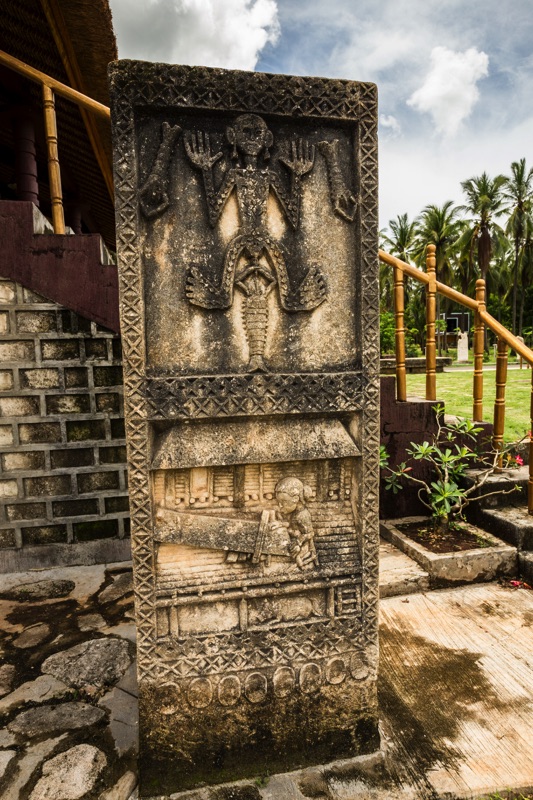
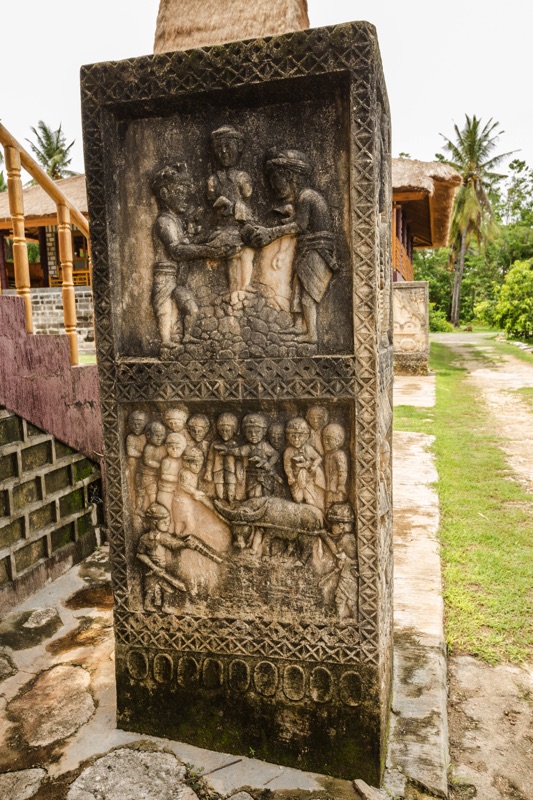
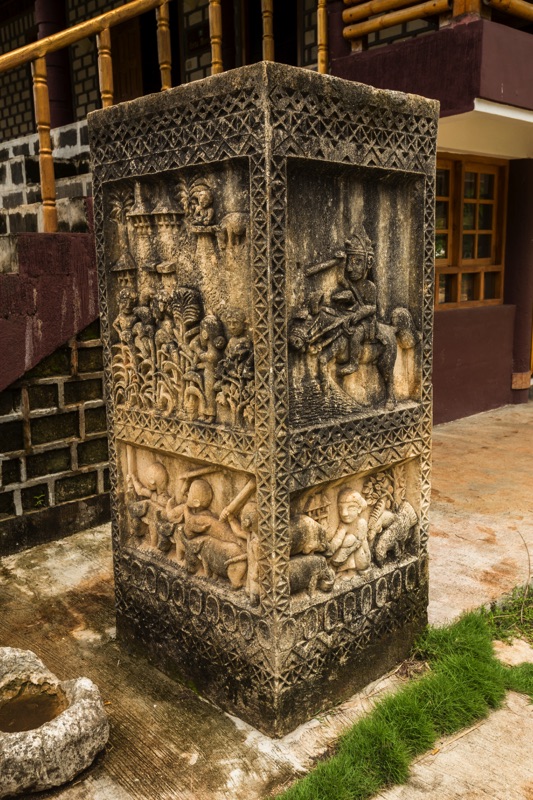
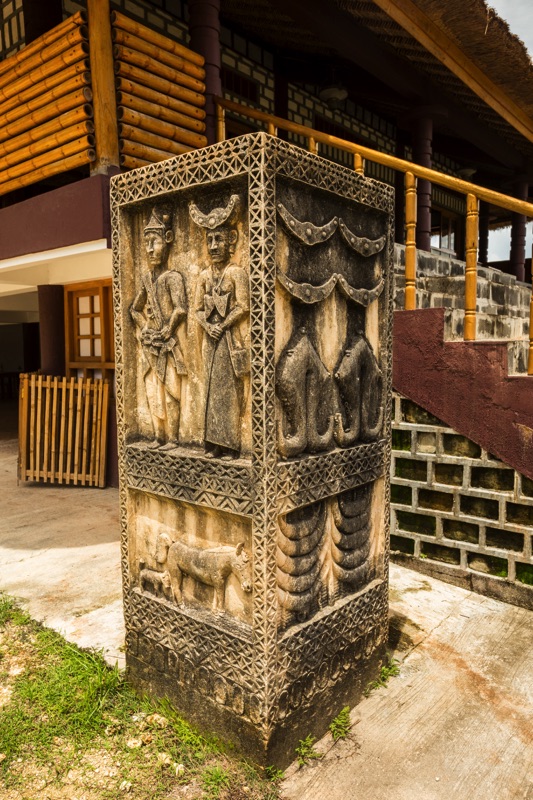
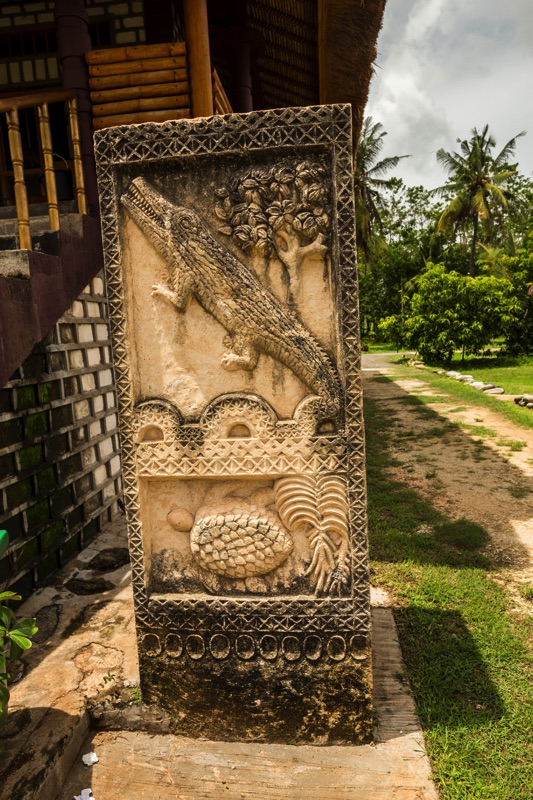
One of the staff gave me some interesting explanations about the collection. Unfortunately they don’t have anyone speaking English. I left 20’000Rp as a donation. I asked to get dropped on the way by the bus coming from Pero, and I got a ride from a truck driver to downtown Tambolaka.
Practical tips
There are regular bus from Waikabubak to Tambolaka (or Waitabula it’s more or less the same). It costs 25’000Rp. From Tambolaka to Pero, the ride costs 20’000Rp, I’ve caught one easily around noon. I guess there would be other departures in the morning.
In Pero I’ve stayed at Mercy Homestay, also known as Papa Mega’s Homestay. The full-board rate is 250’000Rp per person. They rent motorbike for 100’000Rp a day. Most of the guests are surfers.
Map
I put most of the places mentioned on the map below, except some villages.
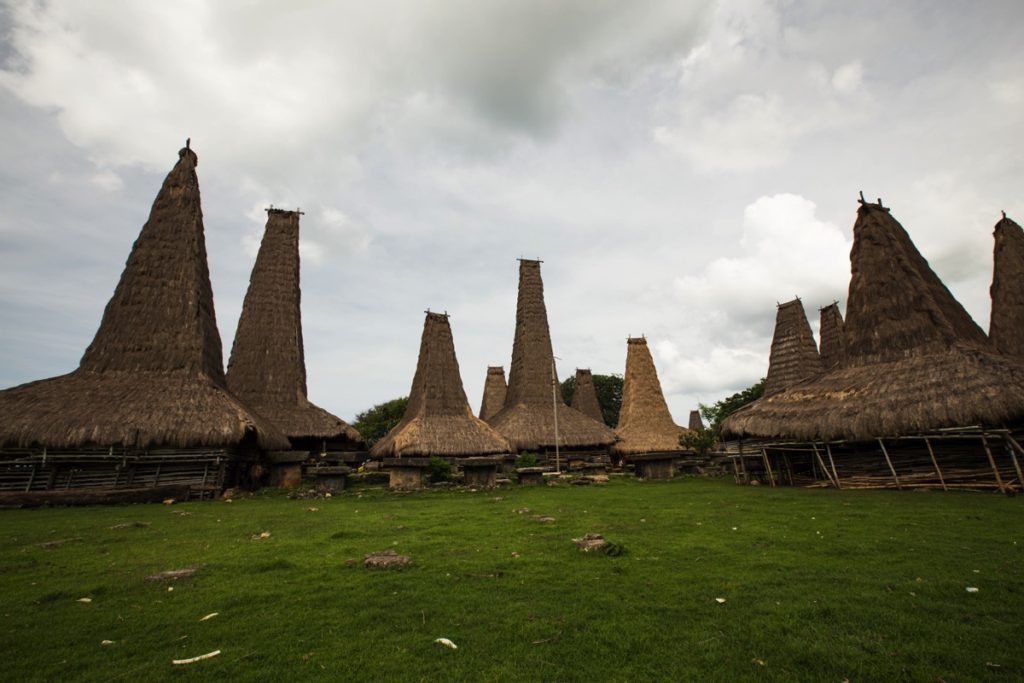
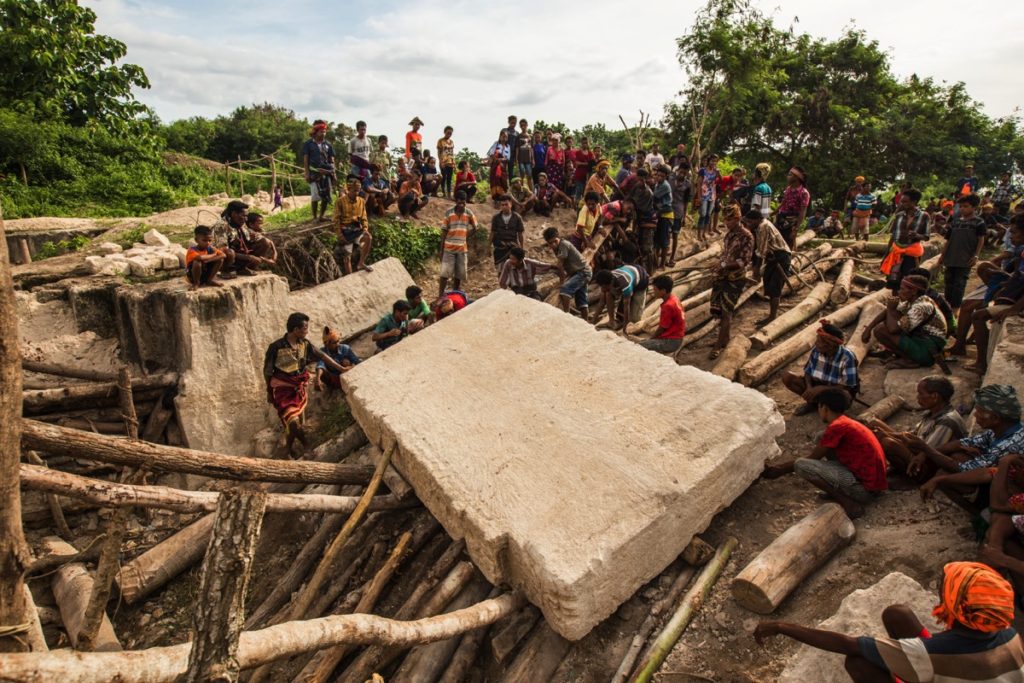
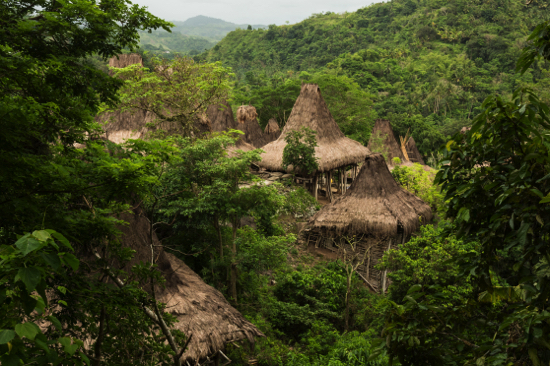
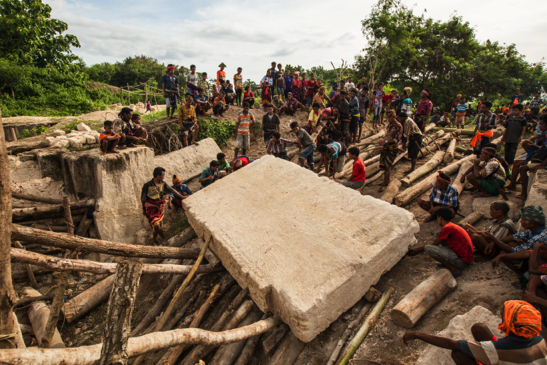
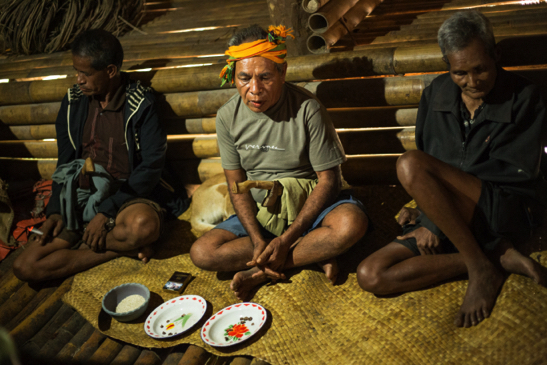
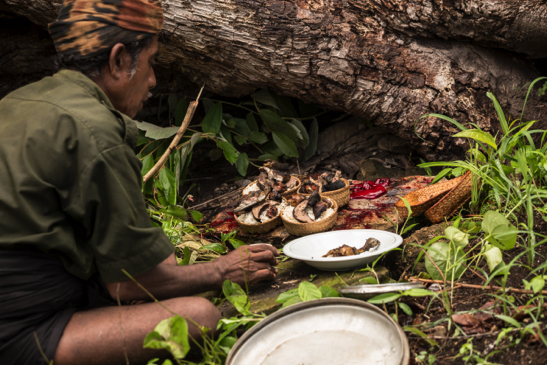
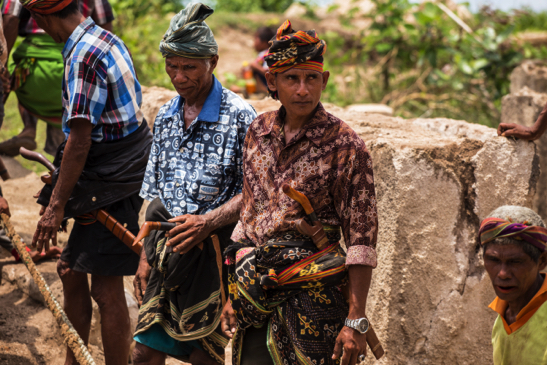
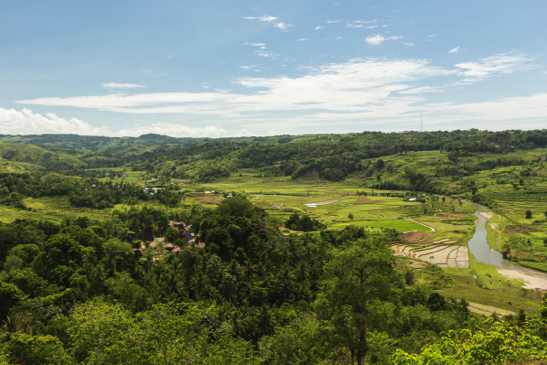
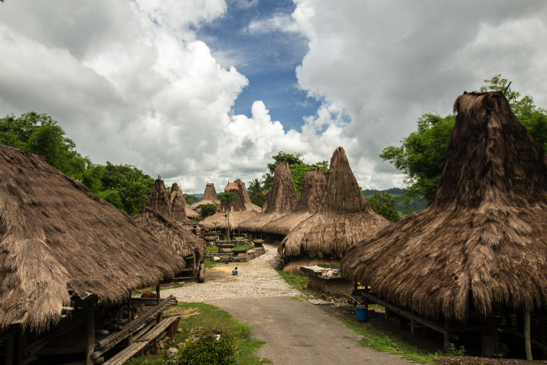
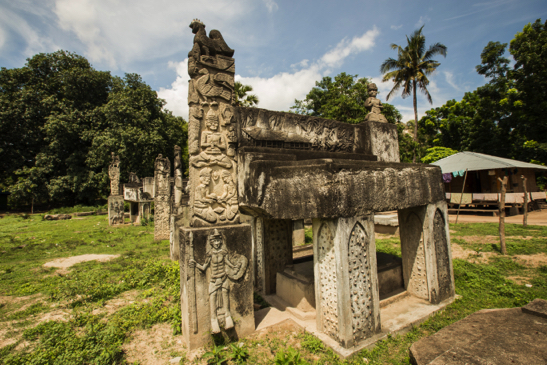
Leave a Reply